| Andy's Tire Service "Our service goes a long way!" |
| Ballast Volume and Weight Volume and weight are calculated with the valve at its highest position and liquid filled to that level. This will be approximately 75%. The 3 pound calcium chloride per gallon of water solution is slush-free to -12F and solid at -52F. 5 lb/gal solution is slush-free to -53F and solid at -63F. Considerable heat is generated when mixing CaCl 2 and water. Always add the CaCl2 to the water rather than water to the CaCl2.
|
| Tire Size |
| Water | 3 lb/gal CaCl2 | 5 lb/gal CaCl2 |
|
| Gallons | Pounds | Pounds | Pounds |
| 4. | 2 | 17 | 24 | 27 |
| 5.00-15 | 4 | 33 | 35 | 40 |
| 5.50-16 | 5 | 42 | 47 | 53 |
| 5.90-15 | 5 | 42 | 47 | 53 |
| 6. | 6 | 50 | 60 | 67 |
| 6.50-16 | 7 | 58 | 71 | 74 |
| 7.5L-15 | 8.5 | 71 | 82 | 93 |
| 9.5L-15 | 11 | 92 | 112 | 120 |
| 10. | 18 | 150 | 189 | 200 |
| 11L-15 | 14 | 117 | 142 | 147 |
| 12.5L-15 | 19 | 158 | 189 | 200 |
| 13.50-16.1 | 35 | 292 | 355 | 387 |
| 14L-16. | 28 | 233 | 284 | 307 |
| 16.5L-16.1 | 41 | 342 | 414 | 440 |
| 19L-16.1 | 55 | 459 | 556 | 600 |
| 21.5L-16.1 |
68 | 567 | 687 | 734 |
| 7. | 11 | 92 | 112 | 120 |
| 8.3-24 | 13 | 108 | 131 | 133 |
| 9.5-16 | 12 | 100 | 118 | 133 |
| 9.5-24 | 17 | 142 | 178 | 187 |
| 9.5-36 | 24 | 200 | 249 | 267 |
| 9. | 28 | 233 | 284 | 307 |
| 11.2-24 | 24 | 200 | 237 | 253 |
| 11.2-28 | 27 | 225 | 284 | 293 |
| 11.2-34 | 32 | 267 | 331 | 347 |
| 11. | 24 | 283 | 344 | 360 |
| 11.2-38 | 35 | 292 | 355 | 387 |
| 12.4-16 | 21 | 175 | 213 | 227 |
| 12.4-24 | 30 | 250 | 308 | 333 |
| 12. | 35 | 292 | 355 | 374 |
| 12.4-36 | 42 | 350 | 426 | 453 |
| 12.4-42 | 48 | 400 | 486 | 520 |
| 13.6-16.1 | 31 | 258 | 308 | 333 |
| 13.6-24 | 38 | 317 | 379 | 400 |
| 13. | 43 | 359 | 439 | 467 |
| 13.6-38 | 57 | 475 | 581 | 614 |
| 13.9-36 | 51 | 425 | 521 | 560 |
| 14.9-24 | 47 | 392 | 474 | 507 |
| 14.9-26 | 48 | 400 | 486 | 520 |
| 14. | 53 | 442 | 545 | 574 |
| 14.9-30 | 57 | 475 | 568 | 614 |
| 14.9-38 | 67 | 559 | 675 | 720 |
| 15.5-38 | 66 | 550 | 663 | 707 |
| 16.9-24 | 61 | 509 | 616 | 654 |
| 16. | 65 | 542 | 663 | 694 |
| 16.9-28 | 69 | 575 | 699 | 747 |
| 16.9-30 | 73 | 609 | 746 | 787 |
| 16.9-34 | 82 | 684 | 829 | 880 |
| 16.9-38 | 90 | 751 | 912 | 974 |
| 17. | 55 | 459 | 557 | 600 |
| 18.4-16.1 | 49 | 409 | 497 | 520 |
| 18.4-24 | 74 | 617 | 758 | 800 |
| 18.4-26 | 79 | 659 | 805 | 854 |
| 18.4-28 | 84 | 701 | 852 | 907 |
| 18. | 89 | 742 | 912 | 960 |
| 18.4-34 | 100 | 834 | 1007 | 1081 |
| 18.4-38 | 110 | 917 | 1113 | 1187 |
| 18.4-42 | 115 | 959 | 1160 | 1240 |
| 19.5L-24 | 69 | 575 | 710 | 747 |
| 20. | 128 | 1068 | 1291 | 1374 |
| 20.8-38 | 140 | 1168 | 1420 | 1521 |
| 20.8-42 | 148 | 1234 | 1503 | 1600 |
| 21L-24 | 87 | 725 | 876 | 934 |
| 23.1-26 | 128 | 1068 | 1291 | 1374 |
| 23. | 143 | 1193 | 1456 | 1547 |
| 23.1-34 | 159 | 1326 | 1610 | 1708 |
| 24.5-32 | 170 | 1418 | 1729 | 1841 |
| 28L-26 | 157 | 1309 | 1587 | 1694 |
| 30.5L-32 | 217 | 1809 | 2202 | 2347 |
| 35. | 313 | 2609 | 3172 | 3388 |
I finally got around to putting ballast fluid in my rear tractor tires. This project was long over due. In this post, I cover the basics of tractor ballast, the different ballast fluids available, some different methods for fill your tractor tires and how I filled mine.
First, let’s talk about the basics of ballast. At a basic level, tractor tire ballast, whether in the form of fluid in the tires, or steel wheel weights, gives your tractor better rear wheel traction and both lowers the center of gravity as well as shifts it back toward the rear.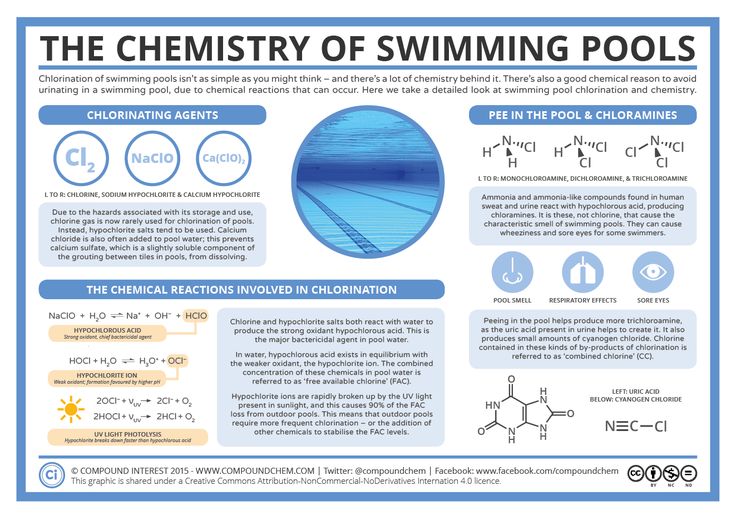 A lower center of gravity makes your tractor less prone to tipping over on uneven terrain.
A lower center of gravity makes your tractor less prone to tipping over on uneven terrain.
Having good rear ballast is especially important when you have a front end loader like I do. Front end loaders are very heavy. My Kubota LA525 loader weighs 805 lbs, and much of that weight hangs off the front of the tractor, making the front axle act as a fulcrum. The weight of the loader on the front subtracts from the effective weight on the back tires, and moves the center of gravity a lot farther forward.
A heavy load in the loader bucket magnifies this effect and in certain situations can cause the tractor to tip forward and possibly roll over leading to chaos, death and destruction.
Ballast in the rear tires helps to offset the weight of the loader and a load and moves the center of gravity back to a safer point. However, liquid ballast alone is not enough for safely carrying heavy loads in your loader. Adding a heavy implement on the 3 point like a ballast box or brush hog is the best way to ensure your tractor is as stable as possible.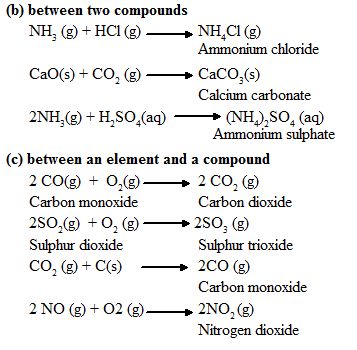
Now, which liquid ballast you choose depends on how cold it gets where you live, how much your willing to spend, and what is available where you live. There are several good resources online comparing the different liquid ballasts but one of the best that I have found is on the Orange Tractor Talks website. This chart summarizes the characteristics of the most common types liquid tire ballast. Below the chart, the article covers pros and cons of each type. I’ll just hit the highlights of each.
Water: Of course, water is the cheapest ballast since it is free, but offers no freeze protection and provides 8.3 lbs of weigh per gallon. So, you have to live in a warm climate to use water.
Calcium chloride: Calcium chloride is widely available can be cheap or expensive, depending on if your tires already have tubes installed or not. Mixed with water, it provides great freeze protection down to -50F and weighs a hefty 11.5 lbs per gallon, but it is highly corrosive and needs to be used in tires with tubes to protect your rims from rusting.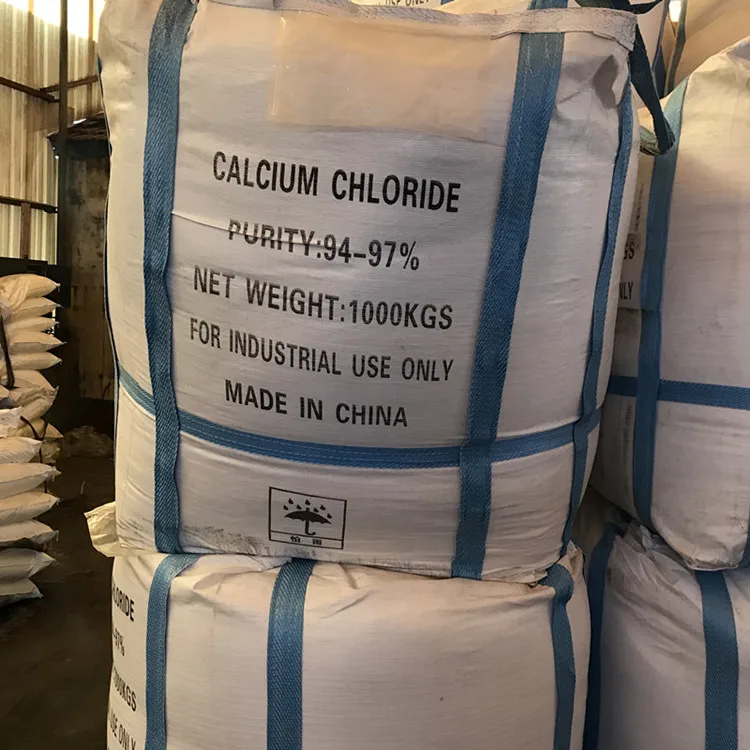
Ethylene Glycol: Ethylene Glycol antifreeze is the same kind that goes in your car’s radiator. It is a widely available, medium-priced solution that when mixed 50/50 with water, offers freeze projection down to -40F. And it weighs about the same per gallon as plain water. The main drawback is that it is very toxic to animals and actually attracts animals because it tastes sweet. So, if you get a leak in a tire, it’s not good news for critters.
Propylene Glycol: Propylene Glycol antifreeze has the same properties as ethylene glycol except that it is non-toxic. It is easy to get but expensive per gallon.
Windshield Washer Fluid: Windshield washer fluid is another popular ballast because of its wide availability and low cost per gallon. Used full strength in tires, it provides freeze protection down to -20F and weighs about the same per gallon as water. However, it is toxic to the environment, but at least it doesn’t attract animals.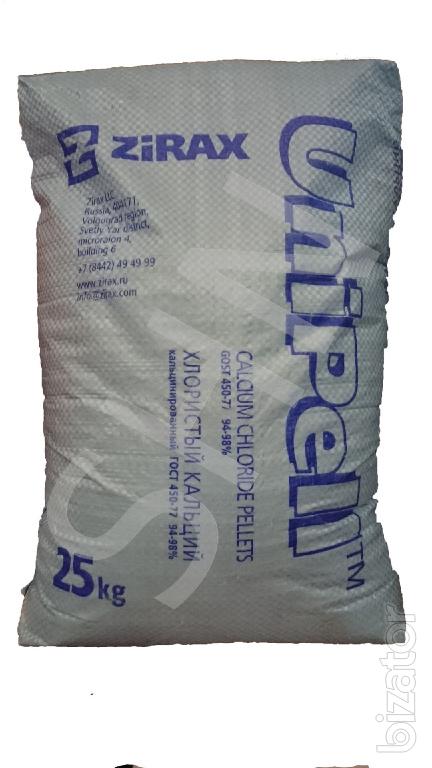
Methanol: Methanol is medium-priced, but highly flammable and must be mixed with water to minimize risk of explosion or fire. It is also toxic, but it can provide freeze protection down to -15F.
Beet Juice: Beet Juice is very expensive, but very effective, with freeze protection down to -35F and weighs almost 11 lbs per gallon. As a plus, it is completely safe and biodegradable. RimGuard is the most well-known brand however, it’s only available through dealer networks and predominately in the northern parts of the US. I can’t get it in Georgia.
Polyurethane foam: Finally, there is Polyurethane foam, which is very expensive, but is freeze-proof and can provide up to 12 lbs of weight per gallon. As a bonus, it makes your tires flat-proof. It is available through dealer networks. One downside worth mentioning is that it also makes for a rough ride on the tractor since there is no cushion in the tire.
I chose windshield washer fluid because of it lower cost and availability.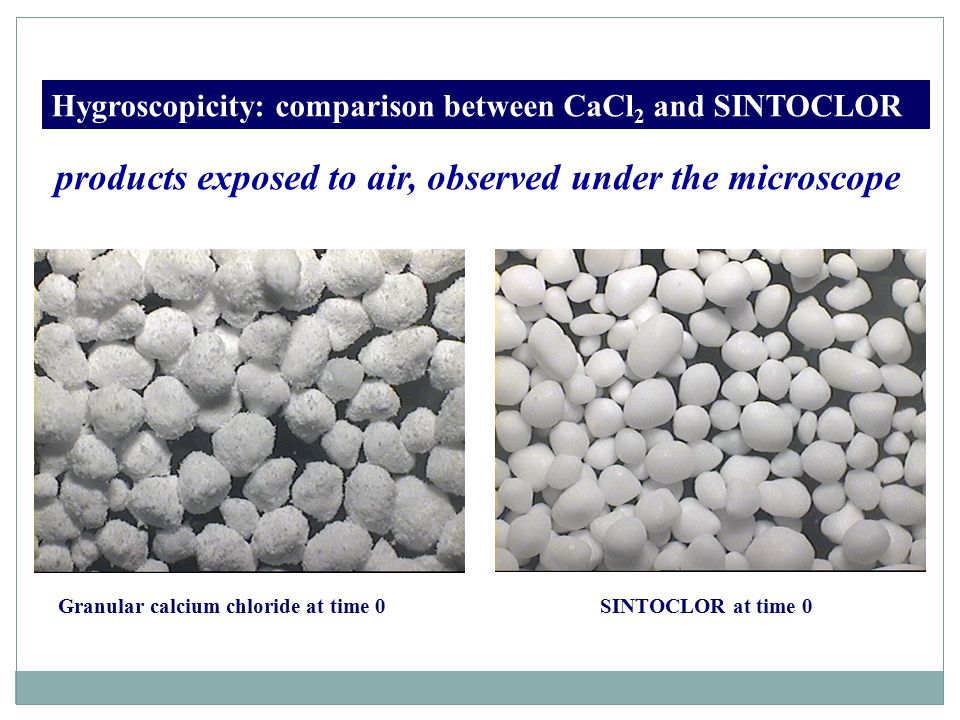
In particular, I bought Super Tech Windshield washer and de-icer, available at WalMart. Well, sometimes. It seems to be seasonably available. I paid $2.17 per gallon for 60 gallons, which was the best price I could find at the time.
So how did I know how much fluid I needed? That’s where tire ballast fill charts come in. You can find many of them on line. I like the RimGuard tire fill chart.
The chart shows the most common sizes of tractor tires, the number of gallons they hold at a 75% fill level, and the number or pounds added when using RimGuard. My rear tires are 15-19.5 R4s, which hold 29 gallons each at a 75% fill level. So, I need 58 gallons total but I bought 60 gallon in case of an oopsy or two. To get the weight per tire for the ballast fluid of your choice, simply multiply the gallons per tire of your size tire by the pounds per gallon of your ballast fluid. So, in my case it is 29 x 8.3 which is about 240 pounds per tire, or a total ballast weight of 481 lbs.
Now let’s get on with filling the tires. Your tractor should be parked on a flat and level surface. The first step is to safely take the weight of the rear tires. Now you can do this one at a time, but I chose to jack both up at the same time and you’ll learn why later in this article. You just need to raise the tires barely off the floor or ground. My jack stands are rated for 6 ton each so no worries about them not holding the weight.
The tire valve stem needs to be at the 12 o’clock position to fill the tire with fluid. You’ll need a tire valve stem tool to remove the valve core – slowly.
To fill the tires, you will need an air/water adapter kit. You can find them on Amazon or stores like Tractor Supply, which is where I got mine. They cost around $10.
There are several methods for loading liquid ballast into tires. I cover the full details in the video, but here are the basics.
Gravity Fill: The simplest is using a short piece of hose and a 5 gallon bucket that you can put in the seat of your tractor.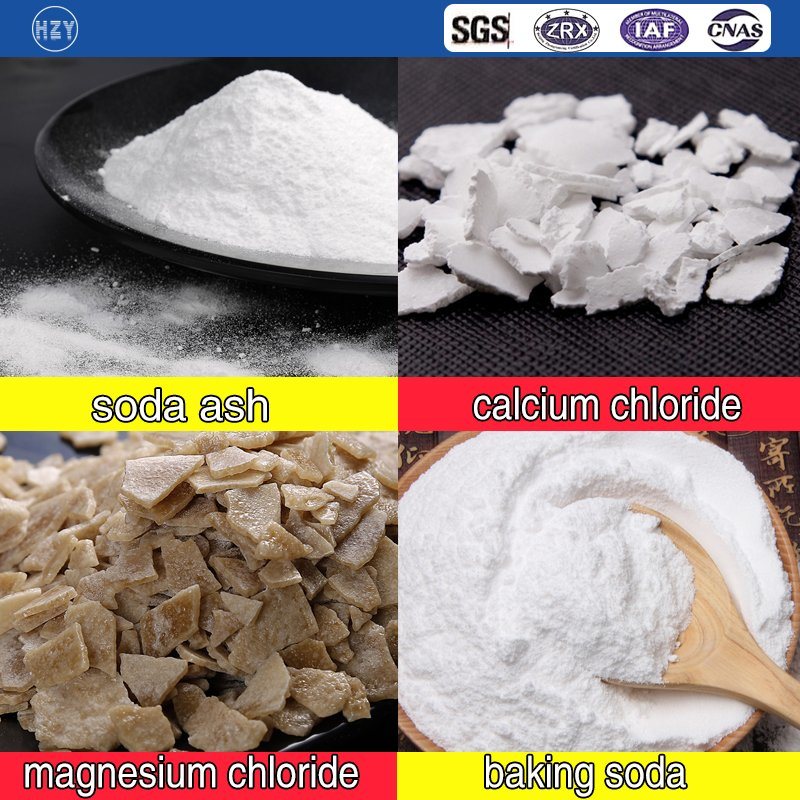 The hose is connected to the air/water adapter which is screwed tightly onto the valve stem. The other end of the hose sits at the bottom of the five gallon bucket and you start filling the bucket with the ballast fluid of your choice. Gravity does the work from here, but it can be slow going. Occasionally, push the air release button on the the air/water adapter to let the air escape and make more room for liquid.
The hose is connected to the air/water adapter which is screwed tightly onto the valve stem. The other end of the hose sits at the bottom of the five gallon bucket and you start filling the bucket with the ballast fluid of your choice. Gravity does the work from here, but it can be slow going. Occasionally, push the air release button on the the air/water adapter to let the air escape and make more room for liquid.
Transfer Pump: Another popular method is using a transfer pump to load the liquid ballast in the tires as shown in the pictures below. Transfer pumps with garden hose connections are available from many retailers such as Amazon, Harbor Freight and Northern Tool. I got mine from Amazon.
The pump speeds the process up and you just have to keep pouring liquid in the bucket and occasionally stopping the pump and releasing excess air from the tire. Note that transfer pumps are not supposed to be operated dry so priming it by filling the hose with liquid before turning it on is important!
Transfer Pump with Manifold: This method involves building a manifold that attaches to the air/water adapter and allows you to monitor the pressure and release air without wasting any fluid. It is made of 3/4″ PVC pipe and common fittings available at hardware store. This idea came from David Dobb on his DaveKnowsHow YouTube channel and I thought it was brilliant, as so many of his contraptions are. I built my version of the manifold so that the hoses hang straight down to minimize stress on the valve stem.
It is made of 3/4″ PVC pipe and common fittings available at hardware store. This idea came from David Dobb on his DaveKnowsHow YouTube channel and I thought it was brilliant, as so many of his contraptions are. I built my version of the manifold so that the hoses hang straight down to minimize stress on the valve stem.
Here’s a closer look at the parts of the manifold. I use three, ¾” threaded PVC to garden hose adapters. Two garden hose valves. And a typical pressure gauge on the inlet side. Since this manifold is hopefully a one-time use device, I chose parts I could reuse elsewhere. In fact, the pressure gauge ended up replacing the one on our pool pump. I’ll keep the manifold body in case I ever have to fill tires again.
The hose connecting the manifold to the pump output side is a washing machine connector hose with female connections on both ends. The other two hoses can be whatever as long as they have a female connection on one end.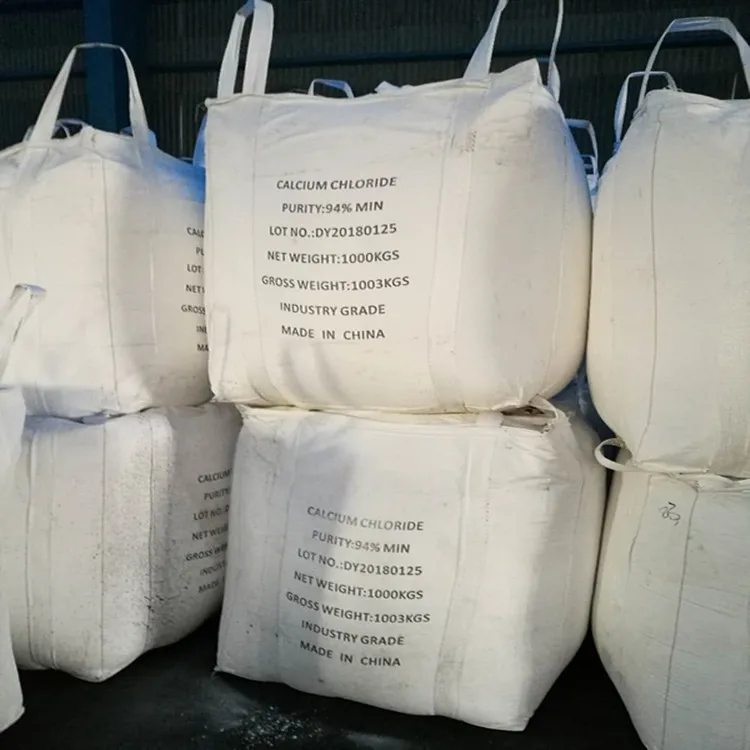
Before starting the pump, I fill the 5-gallon bucket with fluid and the prime the inlet hose.
The tire pressure quickly settled out at 20 PSI, which is perfect!
With the pump running, it was just a matter of keeping the 5 gallon bucket filled with fluid.
Note that the tires fill faster if you occasionally stop the pump, close the manifold inlet valve, then fully open the outlet valve to let excess air pressure out. You might want to pull the return hose out from the liquid as you do this so as to avoid blasting ballast fluid everywhere. Go ahead, ask me how I know this. Once the pressure is relieved, open the inlet valve, turn on the pump, and mostly close the outlet valve.
Once all the fluid is in, I can put the valve core back in the stem and pressurize the tire to about 20 psi, which is all that is needed for liquid filled tires.
So now the process needs to be repeated for the other tire. Again, the valve stem needs to be in the 12 o’clock position, but because I jacked up both rear tires, I can easily do this without moving the tractor. With the clutch locked in the pressed position and the range selector in neutral, I manually rotate the tire so that the valve stem is at 12 o’clock.
With the clutch locked in the pressed position and the range selector in neutral, I manually rotate the tire so that the valve stem is at 12 o’clock.
After filling the tire, I once again reinstall the valve core and pressurize the tire. Now I can safely take the tractor off the jack stands.
I must admit I put off this project because I was intimidated by it, but it turns out to be pretty easy to do if you are careful and have the right tools on hand. So if I can do it, you can do it!
Note: Links to Amazon products are Amazon Associate links that won’t cost you any extra, but will help support my efforts with a small commission on qualified products. Thanks for your support!
Like Loading...
When we buy a wheel assembly, there are no questions about what disk parameters to pay attention to. But when changing tires or choosing new wheels, you need to choose the right size.
If you select discs only by diameter and bolt pattern, then you can buy an unsuitable kit. It either won't work, or will cause serious problems in the future. So, a violation of the size of the disk and tires can provoke:
deterioration in response to driver commands when maneuvering and turning;
reduced sidewall stiffness;
tire deformation;
decrease in wear resistance.
To find out which disc is suitable for the selected set of tires, use the table:
| Tire height | Tire size | Disk size | ||
| Recommended | Min. | Max. | ||
| Over 12" | ||||
| 82 | 125R12 135R12 145R12 155R12 | 3..jpg) 5 5 4.0 4.0 4.5 | 3.0 3.5 3.5 4.0 | 4.0 4.5 5.0 5.0 |
| 70 | 145/70R12 155/70R12 | 4.5 4.5 | 4.0 4.0 | 5.0 5.5 |
| Over 13" | ||||
| 82 | 145R13 155R13 165R13 175R13 | 4.0 4.5 4.5 5.0 | 3.5 4.0 4.0 4.5 | 5.0 5.5 5.5 6.0 |
| 80 | 135/80R13 145/80R13 155/80R13 165/80R13 | 3.5 4.0 4.5 4.5 | 3.5 3.5 4.0 4.0 | 4.5 5. 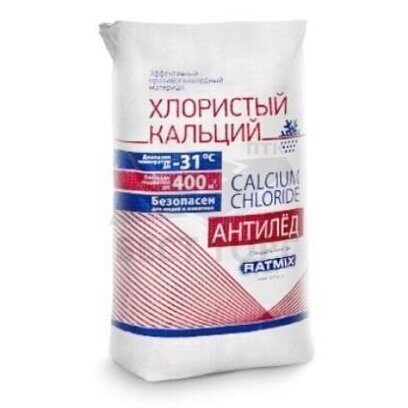 0 0 5.5 5.5 |
| 70 | 135/70R13 145/70R13 155/70R13 165/70R13 175/70R13 185/70R13 195/70R13 | 4.0 4.5 4.5 5.0 5.0 5.5 6.0 | 3.5 4.0 4.0 4.5 5.0 5.0 5.2 | 4.5 5.0 5.5 6.0 6.0 6.5 7.0 |
| 65 | 155/65R13 165/65R13 175/65R13 | 4.5 5.0 5.0 | 4.0 4.5 5.0 | 5.5 6.0 6.0 |
| 60 | 175/60R13 185/60R13 205/60R13 | 5.0 5.5 6.0 | 5.0 5.5 5.5 | 6.0 6.5 7, |
| 55 | 195/55R13 | 6.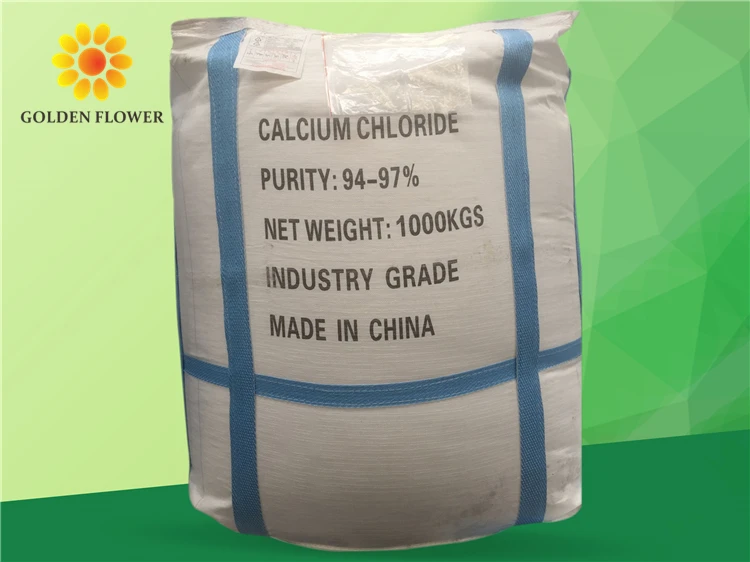 0 0 | 5.5 | 7.0 |
| Over 14 inches | ||||
| 82 | 145R14 155R14 165R14 175R14 185R14 | 4.0 4.5 4.5 5.0 5.5 | 3.5 4.0 4.0 4.5 4.5 | 5.0 5.0 5.5 6.0 6.0 |
| 80 | 175/80R14 185/80R14 | 5.0 5.0 | 4.5 5.0 | 5.5 6.0 |
| 70 | 165/70R14 175/70R14 185/70R14 195/70R14 205/70R14 | 5.0 5.0 5.5 6.0 6.0 | 4.5 5.0 5.0 5.5 5.5 | 6.0 6.0 6.  5 5 7.0 7.5 |
| 65 | 155/65R14 165/65R14 175/65R14 185/65R14 195/65R14 | 4.5 5.0 5.0 5.5 6.0 | 4.0 4.5 5.0 5.0 5.5 | 5.5 6.0 6.0 6.5 7.0 |
| 60 | 165/60R14 175/60R14 185/60R14 195/60R14 205/60R14 | 5.0 5.0 5.5 6.0 6.0 | 4.5 5.0 5.0 5.5 5.5 | 6.0 6.0 6.5 7.0 7.5 |
| 55 | 185/55R14 205/55R14 | 6.0 6.5 | 5.0 5.5 | 6.5 7.5 |
| Over 15" | ||||
| 82 | 125R15 135R15 145R15 155R15 165R15 185R15 | 3.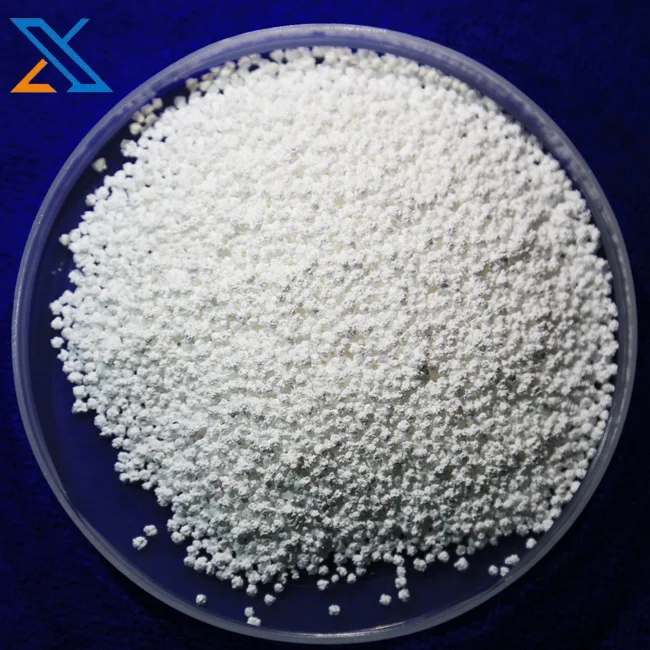 5 5 4.0 4.0 4.5 4.5 5.5 | 3.0 3.5 3.5 4.0 4.0 4.5 | 4.0 4.5 5.0 5.0 5.5 6.0 |
| 80 | 185/80R15 | 5.5 | 4.5 | 6.0 |
| 70 | 175/70R15 195/70R15 235/70R15 | 5.0 6.0 7.0 | 5.0 5.5 6.5 | 6.0 7.0 8.5 |
| 65 | 185/65R15 195/65R15 205/65R15 215/65R15 225/65R15 | 5.5 6.0 6.0 6.5 6.5 | 5.0 5.5 5.5 6.0 6.0 | 6.5 7.0 7.5 7.5 8.0 |
| 60 | 195/60R15 205/60R15 215/60R15 225/60R15 | 6.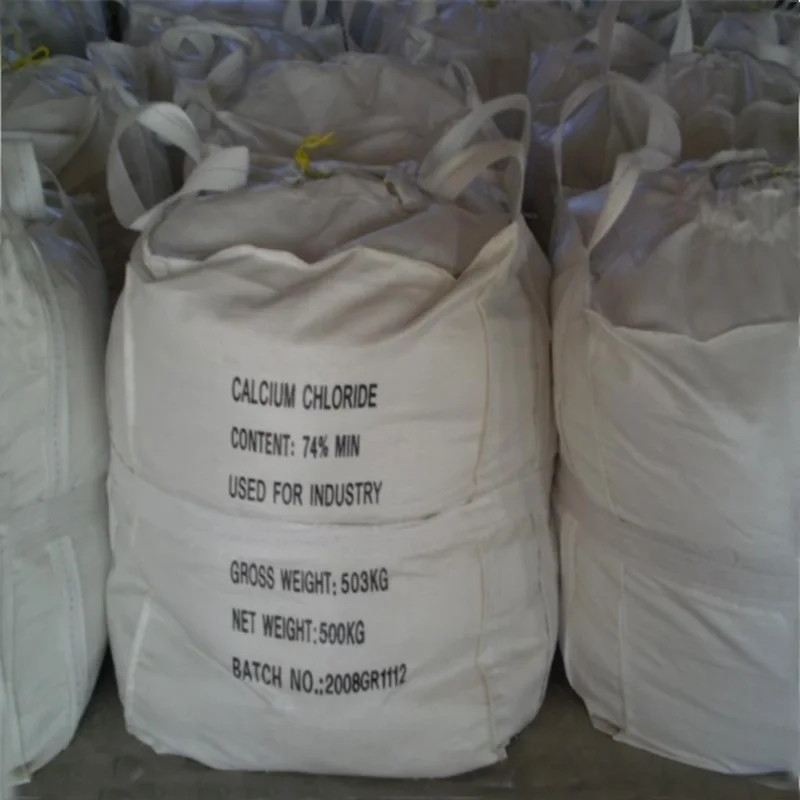 0 0 6.0 6.5 6.5 | 5.5 5.5 6.0 6.0 | 7.0 7.5 8.0 8.0 |
| 55 | 185/55R15 195/55R15 205/55R15 225/55R15 | 6.0 6.0 6.5 7.0 | 5.0 5.5 5.5 6.0 | 6.5 7.0 7.5 8.0 |
| 50 | 195/50R15 205/50R15 225/50R15 | 6.0 6.5 7.0 | 5.5 5.5 6.0 | 7.0 7.5 8.0 |
| 45 | 195/45R15 | 6.5 | 6.0 | 7.5 |
| Over 16" | ||||
| 65 | 215/65R16 | 6.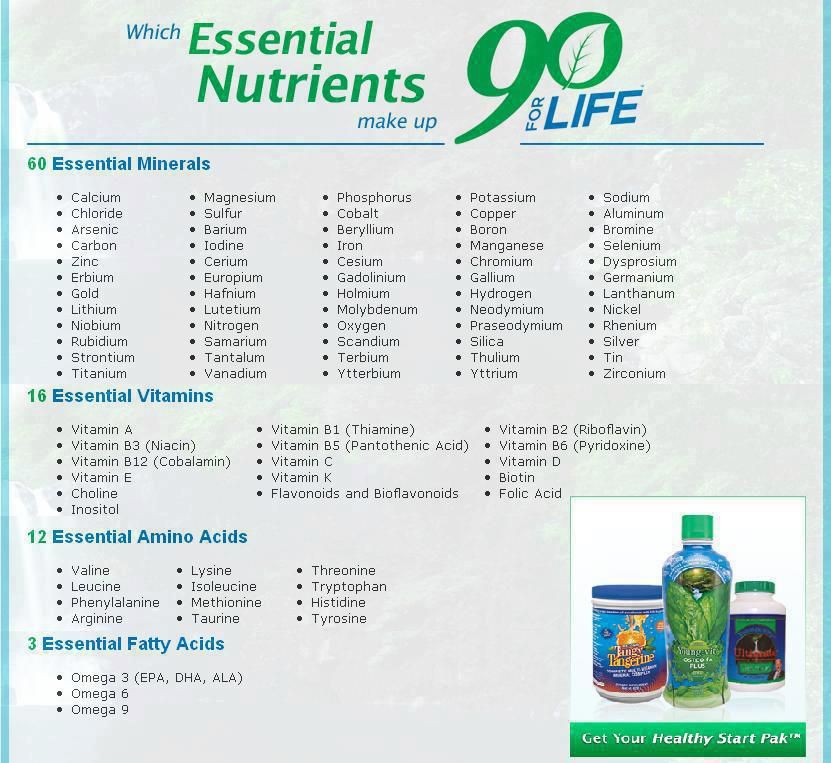 5 5 | 5.5 | 7.5 |
| 60 | 225/60R16 235/60R16 | 6.5 7.0 | 6.0 6.5 | 8.0 8.5 |
| 55 | 205/55R16 225/55R16 245/55R16 | 6.5 7.0 7.5 | 5.5 6.0 7.0 | 7.5 8.0 8.5 |
| 50 | 205/50R16 225/50R16 235/50R16 255/50R16 | 6.5 7.0 7.5 8.0 | 5.5 6.0 6.5 7.0 | 7.5 8.0 8.5 9.0 |
| 45 | 195/45R16 205/45R16 225/45R16 245/45R16 | 6.5 7.0 7.5 8.0 | 6.0 6.5 7.0 7.5 | 7. 5 5 7.5 8.5 9.0 |
| 40 | 215/40R16 225/40R16 | 7.5 8.0 | 7.0 7.5 | 8.5 9.0 |
| Over 17" | ||||
| 55 | 225/55R17 | 7.0 | 6.0 | 8.0 |
| 50 | 205/50R17 215/50R17 | 6.5 7.0 | 5.5 6.0 | 7.5 7.5 |
| 45 | 215/45R17 225/45R17 235/45R17 245/45R17 255/45R17 | 7.0 7.5 8.0 8.0 8.5 | 7.0 7.0 7.5 7.5 8.0 | 8.5 8.5 9.0 9. 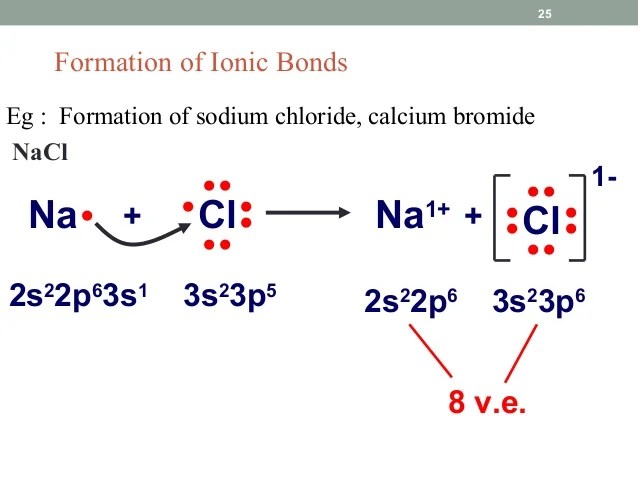 0 0 9.5 |
| 40 | 215/40R17 235/40R17 245/40R17 255/40R17 265/40R17 275/40R17 285/40R17 | 7.5 8.5 8.5 9.0 9.5 9.5 10.0 | 7.0 8.0 8.0 8.5 9.0 9.0 8.5 | 8.5 9.5 9.5 10.0 10.5 11.0 11.0 |
| 35 | 245/35R17 265/35R17 335/35R17 | 8.5 9.5 11.5 | 8.0 9.0 11.0 | 9.5 10.5 13.0 |
| Over 18" | ||||
| 50 | 235/50R18 | 7.5 | 6.5 | 8.5 |
| 45 | 255/45R18 | 8.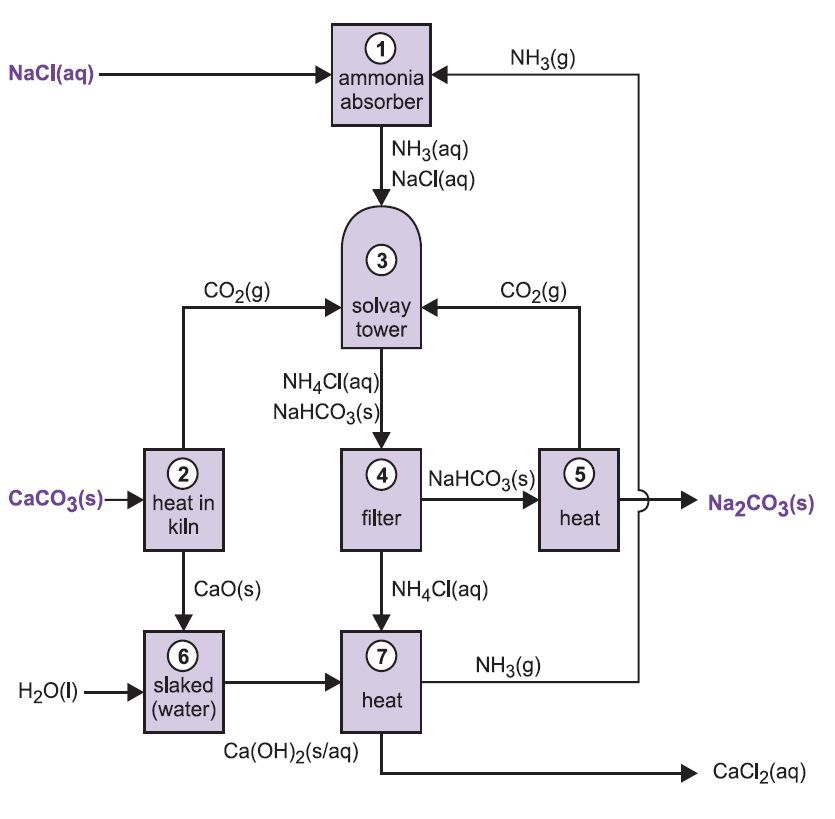 5 5 | 8.0 | 9.5 |
| 40 | 225/40R18 235/40R18 245/40R18 265/40R18 | 8.0 8.0 8.5 9.5 | 7.5 7.5 8.0 9.0 | 9.0 9.0 9.5 10.5 |
| 35 | 285/35R18 295/35R18 | 10.0 10.5 | 9.5 10.0 | 11.0 11.5 |
| thirty | 325/30R18 | 12.0 | 11.0 | 13.0 |
| Over 20" | ||||
| 40 | 245/40R20 | 9.0 | 8.0 | 9.5 |
| 35 | 275/35R20 | 10.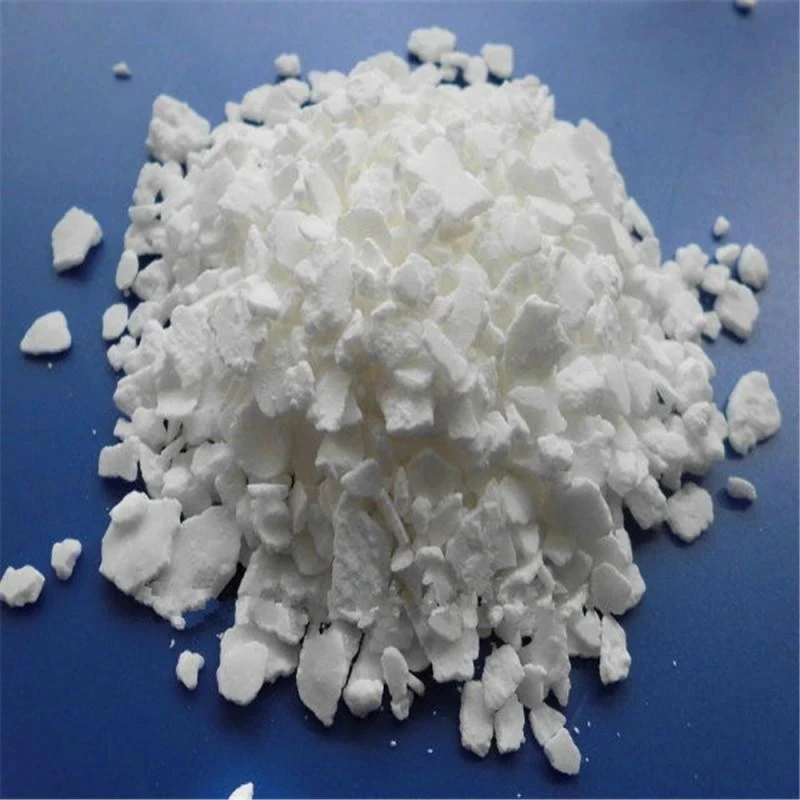 0 0 | 9.0 | 11.0 |
A small recommendation. Try to buy tires and wheels in one place. This will reduce the risk of buying products with inappropriate sizes.
07/23/2021
Tire pressure is an important point during the operation of any vehicle and, in particular, cars. This indicator affects not only the wear rate of products, but also the quality indicators for driving a car, safety and comfort while driving, and the level of fuel fluid consumption. For this reason, every car owner should know how to correctly measure the pressure inside the tires and the tools for this procedure.
On the territory of the Russian Federation, the unit of measurement for air pressure for tires is 1 atm = 1 kgf / cm2. The value of this value is often equated to another unit - Bar. But in the US, this value is indicated in PSI, where 1 psi \u003d 1 psi. inch. This state of affairs affects the labeling and differences in the interpretation of indicators for different manufacturers. The designation of the maximum allowable pressure is in Kilopascals, where 1 kPa = 6.895psi
But in the US, this value is indicated in PSI, where 1 psi \u003d 1 psi. inch. This state of affairs affects the labeling and differences in the interpretation of indicators for different manufacturers. The designation of the maximum allowable pressure is in Kilopascals, where 1 kPa = 6.895psi
At the same time, when discussing the correct selection of the desired pressure value inside the tires, it is worth considering not the brand of tires, but the recommendations from the manufacturer of a particular brand, model and modification of the car. But not vice versa.
Of course, special devices are used to understand the correct value and, at least, the current tire pressure reading. Manometers come in different types:
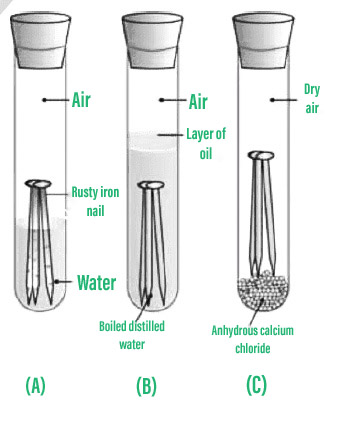
But besides this, other types of devices will also help:
It should be noted separately that tire pressure measurements are carried out before the upcoming trip or after 5-8 hours of vehicle inactivity.
For the convenience of car owners, manufacturers indicate information about the required level of pressure on the front and rear wheels in such a way that you can always check it at the right time. Sometimes reference plates are located on the B-pillar or on the inner cap of the gas tank, as well as on the end of the door on the driver's side.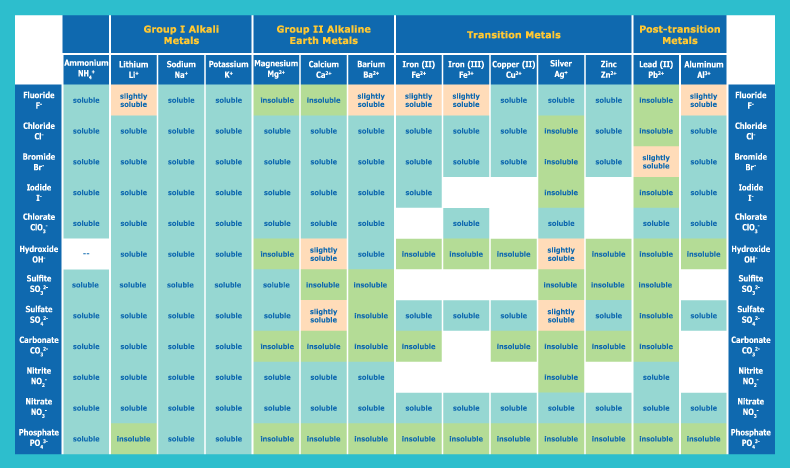
In addition to the fact that all tires are divided into 3 main types: all-season, summer and winter, the inflation process in summer and winter will differ. This is due to the fact that inside any closed space, a pressure change of 0.1 atm occurs with temperature fluctuations for every 8-10 degrees Celsius.
In summer, one should take into account the heating of the road surface, which affects the increase in grip and friction of coated tires. Therefore, in this case, it is important to avoid the likelihood of tire explosions and other emergencies. When inflating tires in summer, the following factors related to tire pressure should be considered:

The pressure drop in winter is caused by the cooling and cooling of road surfaces. This leads to a corresponding decrease in the stability of the tires on the road while driving. From here follow the basic principles of tire inflation in winter:
Regardless of the level of professionalism in car ownership, experts recommend using a pressure gauge at least once a month and before long trips. If there are frequent temperature fluctuations in the weather in any of the seasons, the interval should be reduced to 2 weeks.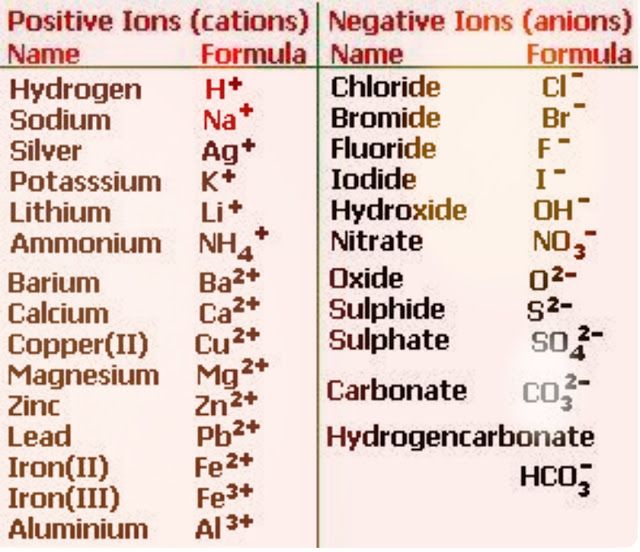
With reduced tire pressures, contact between the wheel and the road surface occurs only at the extreme points. In visual terms, sometimes it is simply impossible to determine this, but this situation leads to the following negative consequences:
When the required tire pressure is exceeded, only the central part of the wheels comes into contact with the road. This entails the following consequences:

But even more dangerous situations and consequences arise with different pressures in all 4 or at least 2 tires. Indeed, in this case, there is a roll towards a less inflated wheel. In such cases, the consumption of fuel fluid increases up to 10%.
Despite this, attention should be paid to cases in which pressure deviations in car tires by 10-12% help to help out on bumps, when passing surfaces with sand, viscous mud, and wet grass. That is, it is possible to increase the permeability. Pumping in a small range will help while moving on highways at high speeds. Sometimes a slight increase in pressure only on the rear tires allows you to carry heavy loads with the least problems.
It is important to note that factory standards today are verified data that you should definitely focus on. They undergo numerous checks and tests, and the level of competition between brands makes it necessary to improve all indicators and the testing process.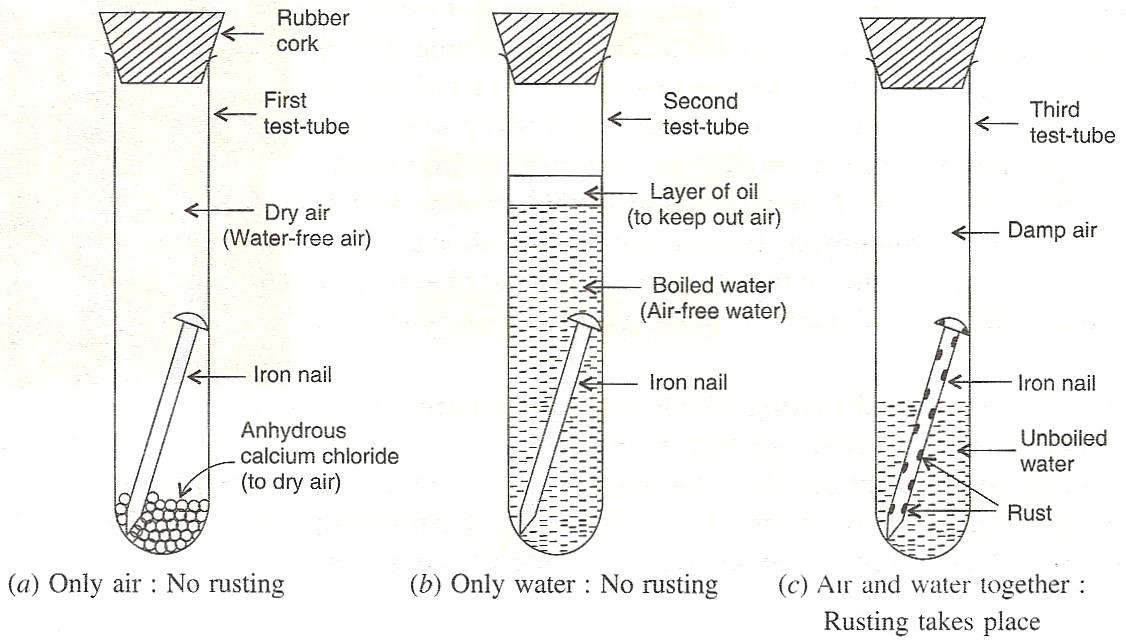 If you could not find recommendations from your car brand manufacturer, below we bring to your attention a table with the necessary data:
If you could not find recommendations from your car brand manufacturer, below we bring to your attention a table with the necessary data:
| 25 | thirty | 35 | 40 | 45 | 50 | 55 | 60 | 65 | 70 | ||||||||||
| Size | kgf/cm2≈BAR | Size | kgf/cm2≈BAR | Size | kgf/cm2≈BAR | Size | kgf/cm2≈BAR | Size | kgf/cm2≈BAR | Size | kgf/cm2≈BAR | Size | kgf/cm2≈BAR | Size | kgf/cm2≈BAR | Size | kgf/cm2≈BAR | Size | kgf/cm2≈BAR |
| 285/25-R20 | 2. | 265/30-R19 | 2.8 | 215/35-R18 | 2.8 | 195/40-R17 | 2.8 | 165/45-R15 | 2.5 | 165/50-R15 | 2.4 | 155/55-R14 | 2.2 | 185/60-R14 | 2.0 | 175/65-R13 | 1.9 | 175/70-R13 | 1.9 |
| 295/25-R22 | 2.9 | 275/30-R19 | 2.8 | 225/35-R18 | 2.8 | 205/40-R17 | 2.8 | 195/45-R15 | 2.6 | 195/50-R15 | 2.4 | 165/55-R14 | 2. | 175/65-R14 | 2.0 | ||||
| 285/30-R19 | 2.8 | 255/35-R18 | 2.7 | 215/40-R17 | 2.7 | 195/45-R16 | 2.5 | 205/50-R15 | 2.3 | 165/55-R15 | 2.1 | ||||||||
| 245/30-R20 | 2.9 | 265/35-R18 | 2.6 | 235/40-R17 | 2.6 | 205/45-R16 | 2.4 | 225/50-R15 | 2. | 185/55-R15 | 2.1 | ||||||||
| 275/30-R20 | 2.9 | 275/35-R18 | 2.5 | 245/40-R17 | 2.5 | 205/45-R17 | 2.7 | 195/50-R16 | 2.4 | 195/55-R15 | 2.1 | ||||||||
| 255/30-R20 | 2.9 | 215/35-R19 | 2.8 | 255/40-R17 | 2.5 | 215/45-R17 | 2.6 | 205/50-R16 | 2. | 205/55-R16 | 2.2 | ||||||||
| 245/30-R22 | 2.9 | 225/35-R19 | 2.8 | 215/40-R18 | 2.8 | 225/45-R17 | 2.5 | 215/50-R16 | 2.3 | 215/55-R16 | 2.3 | ||||||||
| 265/30-R22 | 2.9 | 235/35-R19 | 2.8 | 225/40-R18 | 2.7 | 235/45-R17 | 2.4 | 225/50-R16 | 2. | 225/55-R17 | 2.3 | ||||||||
| 285/30-R22 | 2.9 | 245/35-R19 | 2.8 | 235/40-R18 | 2.6 | 215/45-R18 | 2.4 | 205/50-R17 | 2.4 | ||||||||||
| 255/35-R19 | 2.8 | 245/40-R18 | 2.6 | 225/45-R18 | 2.4 | 215/50-R17 | 2.4 | ||||||||||||
| 265/35-R19 | 2. | 265/40-R18 | 2.6 | 235/45-R18 | 2.6 | 225/50-R17 | 2.4 | ||||||||||||
| 275/35-R19 | 2.8 | 275/40-R18 | 2.8 | 245/45-R18 | 2.5 | 225/50-R18 | 2.5 | ||||||||||||
| 245/35-R20 | 2.9 | 225/40-R19 | 2.8 | 255/45-R18 | 2. | 235/50-R18 | 2.5 | ||||||||||||
| 255/35-R20 | 2.9 | 245/40-R19 | 2.9 | 225/45-R19 | 2.8 | ||||||||||||||
| 275/35-R20 | 2.9 | 255/40-R19 | 2.9 | 245/45-R19 | 2.7 | ||||||||||||||
| 275/40-R19 | 2. | ||||||||||||||||||